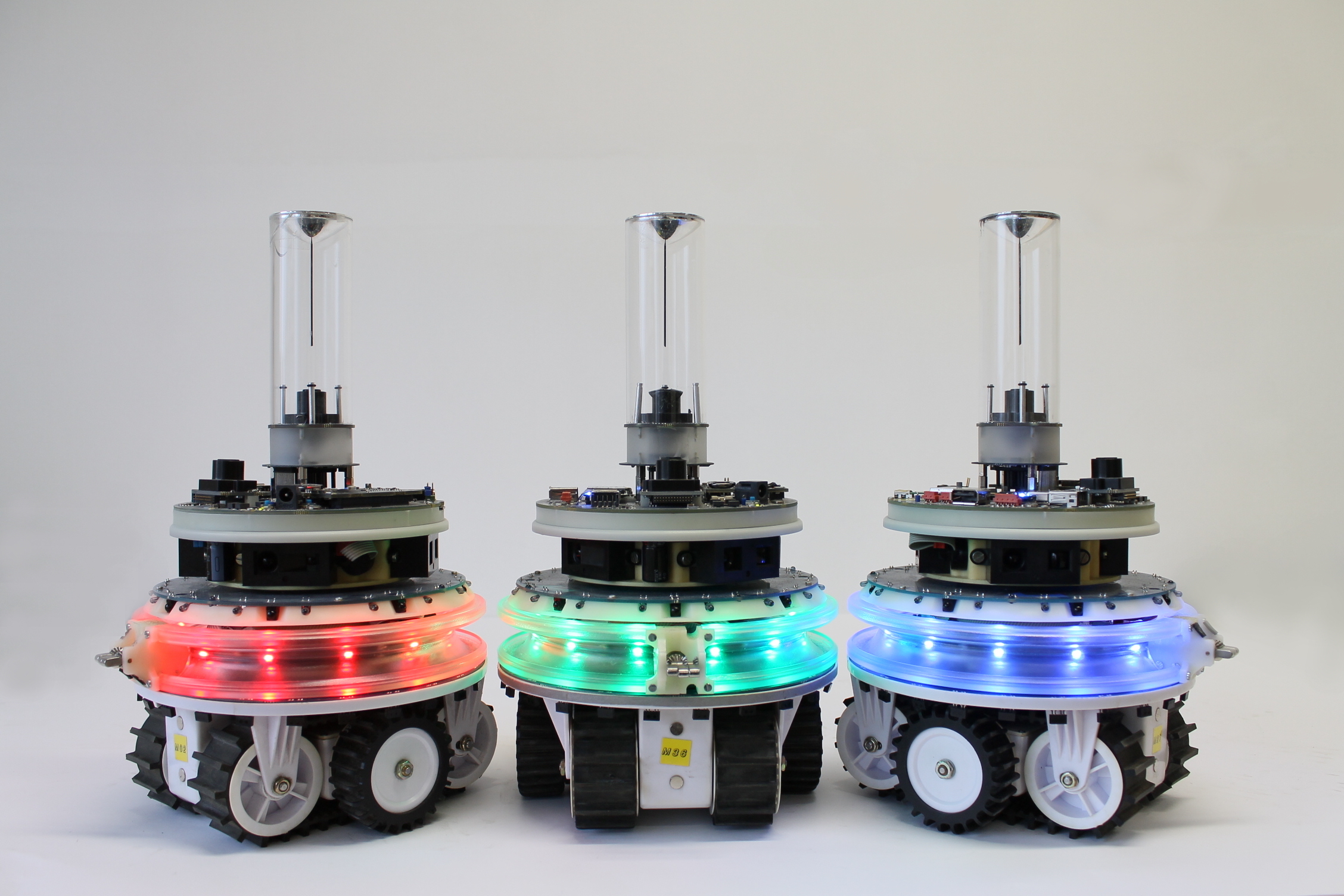Modular Robot Self-Heals and Even Redesigns Itself for New Tasks

Credit to Author: Michael Byrne| Date: Tue, 12 Sep 2017 15:00:00 +0000
The T-1000 blob-terminator seems like a too-easy touchstone, but when it comes to autonomously reconfigurable robots―machines that become other machines at will―it really is perfect. See, this is a very real goal within robotics and artificial intelligence. It’s what we might even think of as a fundamental goal, a toppling of a once-fundamental limitation of robots (or even machines, generally) as a concept: They are only what we make them.
Writing this week in Nature Communications, computer scientist Marco Dorigo and colleagues at Universite Libre de Bruxelles in Belgium describe a robotics system that basically consists of a bunch of little robots that are able to work together to build themselves into different kinds of big robots. The result isn’t exactly liquidmetal Robert Patrick, but it’s a key demonstration of shape-shifting robotics that may easily be scaled from from just a few modular subunits to however many you can reliably network together in a small space (which is a lot).
The problem with modular robotics now, according to Dorigo and colleagues, is that all of the constituent subrobots of a master modular robot must be controlled centrally. This is just the central nervous system paradigm. One controller dictates the behavior of all of the constituent parts. This makes a whole lot of sense not just for biological organisms like us, but for reconfigurable robots as well. Engineering a distributed control system is in itself a big challenge, but with a reconfigurable system it’s that much worse because there’s so much unpredictability and variability. We don’t even know what actual resulting system will be.
“Much like their biological counterparts, current modular robots lack the essential ingredient that enables complex sensorimotor responses in higher order animals,” the paper notes, “namely a nervous system that spans the whole body and transforms a composite system into a single, holistic entity. Instead, the robotic units remain individually autonomous and rely on distributed approaches for coordination.”
The coup achieved by Dorigo’s group has to do with these control systems. It takes the form of what they call “mergeable nervous systems” (MNS). This is an algorithmic concept based on common data structures in computer science called trees. It imagines modular robot configurations as tree structures with each having one unit in particular called a “brain unit.” It’s from this unit that all of the other units descend in a sort of self-repeating hierarchy consisting of smaller versions of the whole robot configuration (like fractals). So, if part of the robot splits off, the new, smaller robot has its own root brain unit ready to go and take command.
“MNS robots thus constitute a new class of robots with capabilities beyond those of any existing machine or biological organism,” Dorigo and co. write. “An MNS robot can split into separate autonomous robots each with an independent brain unit, absorb robotic units with different capabilities into its body, and self-heal by removing or replacing malfunctioning body parts—including a malfunctioning brain unit.”